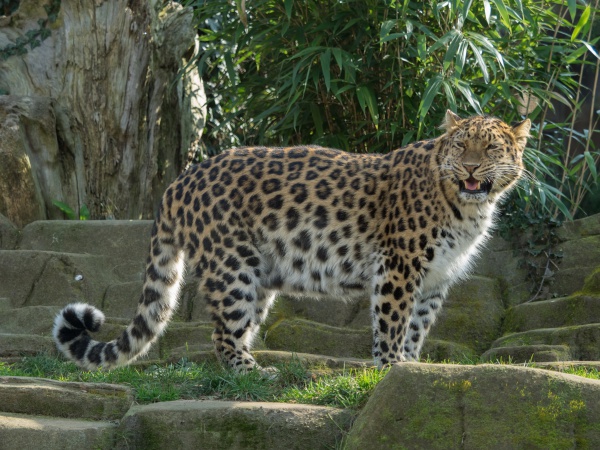Facts About Northeast Asian leopard
The Amur leopard, a rare subspecies native to the Primorye region of southeastern Russia and parts of northern China, is currently listed as Critically Endangered on the IUCN Red List. In 2007, there were only about 19 to 26 of these leopards remaining. Thankfully, by 2019, their numbers had increased to approximately 90. Research indicates that the Amur leopard population began to fragment in the early 20th century.
These leopards are distinguished by their thick, pale cream-colored fur adorned with striking rosettes. They are smaller than other leopard subspecies and are well-adapted to cold and snowy environments. Historically, their habitat stretched across Manchuria and the Korean Peninsula, but it has significantly diminished over the years.
The Amur leopard faces numerous threats, including poaching, habitat loss, forest degradation, and inbreeding. Several conservation efforts have been implemented to address these challenges. The leopard is listed under CITES Appendix I, which provides it with the highest level of protection against international trade. Protected areas have been established, anti-poaching measures have been enforced, and there is ongoing collaboration between Russian and Chinese biologists for transboundary monitoring. The Amur Leopard and Tiger Alliance (ALTA) is actively working to conserve this species and aims to maintain a stable leopard population in the region.
There are also discussions about reintroducing these leopards into the wild to establish a second population in the Russian Far East. Captive breeding programs have been established to preserve their genetic diversity. The names 'Amurland leopard' and 'Amur leopard' were coined by Pocock in 1930, and the species is also known as the "Siberian leopard" and the "Far Eastern leopard."

 North Korea
North Korea